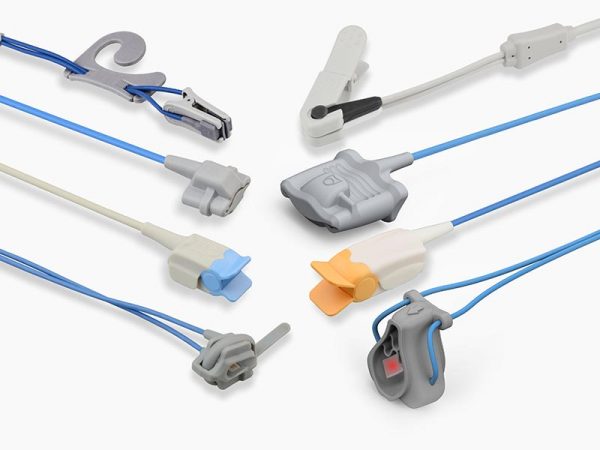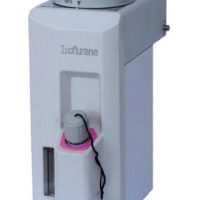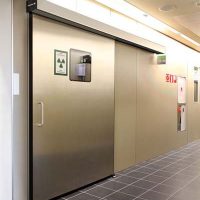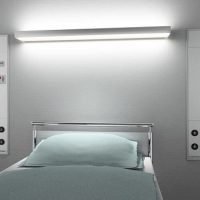ADULT INFANTS SPO2 PROBES
ADULT INFANTS SPO2 PROBES
ADULT & INFANTS SPO2 PROBES. A SpO2 probe is a device that is used commonly in Patient Monitors, Cardiac or Multi-Parameter Monitors in order to measure the oxygen saturation level in the blood. It is a common feature of patient monitors, which are devices that are used to track and record a patient’s vital signs.
There are two main types of SpO2 probes: fingertip probes and earlobe probes. Fingertip probes are the most common type and are easy to use. They are placed on the fingertip and a sensor in the probe measures the amount of light that is absorbed by the blood.
Description
ADULT INFANTS SPO2 PROBES
ADULT & INFANTS SPO2 PROBES. A SpO2 probe is a device that is used commonly in Patient Monitors, Cardiac or Multi-Parameter Monitors in order to measure the oxygen saturation level in the blood. It is a common feature of patient monitors, which are devices that are used to track and record a patient’s vital signs.
There are two main types of SpO2 probes: fingertip probes and earlobe probes. Fingertip probes are the most common type and are easy to use. They are placed on the fingertip and a sensor in the probe measures the amount of light that is absorbed by the blood.
Earlobe probes are less common but can be more accurate than fingertip probes. They are placed on the earlobe and a sensor in the probe measures the amount of light that is reflected by the blood.
Multi-parameter patient monitors can measure a variety of vital signs, including SpO2, heart rate, blood pressure, and respiratory rate. They can also display other information, such as the patient’s temperature and ECG waveform.
Multi-parameter patient monitors are used in a variety of settings, including hospitals, clinics, and home healthcare. They are used to monitor patients who are critically ill or who are at risk for developing complications.
Here are some of the benefits of using SpO2 probes for patient monitors:
- They are a non-invasive way to measure oxygen saturation.
- They are easy to use and can be placed on the finger or earlobe.
- They are relatively accurate and can provide real-time measurements.
- They can be used to monitor patients who are critically ill or who are at risk for developing complications.
- Here are some of the benefits of using multi-parameter patient monitors:
- They can measure a variety of vital signs, providing a comprehensive overview of the patient’s condition.
- They can display information in real time, allowing healthcare providers to quickly identify and respond to changes in the patient’s condition.
- They can be used to monitor patients in a variety of settings, from hospitals to home healthcare.
Add your review Cancel reply
You must be logged in to post a comment.

















There are no reviews yet.